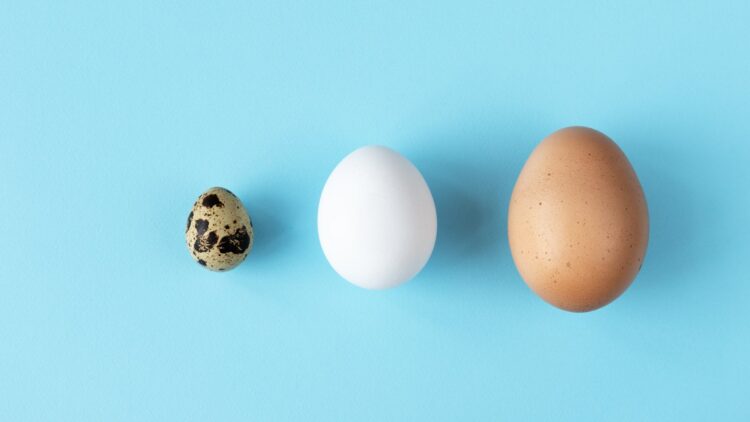When we think about eggs, we almost automatically go to chicken eggs even though there are plenty of bird species that lay these. They are all edible, and all taste good, some are smaller and some are bigger, and those who live in farms are more used to consuming different types of eggs without thinking. It is undeniable that most of us have eaten chicken eggs, some of us may have even had quail eggs, as they tend to be common in tapas bars or high end restaurants, and maybe even a duck egg or two, but the one type of egg that most people have never eaten is a turkey egg, and considering that they are one of the most popular animals in the country, we cannot help but wonder why.
Turkey eggs, a culinary mystery or just another egg?
Every year around 220 million are raised domestically in the U.S., mostly to consume around the holiday season, so there should be no real reason not to sue some of these to lay eggs that are fit for human consumption. There are a couple of issues with this, the first one being that turkey eggs are larger than chicken eggs and that makes them harder to handle, package, and store. The second issue is that chickens that lay eggs are bred specifically for this purpose and are part of an industrial process.
While all chickens lay eggs, they may lay one every couple of days in the warmer months, but the ones used in production are a very specific species that has been bred for generations to do this, turkeys have not undergone the same process and it would take a lot to make production feasible at even the smallest scale.
A reader sent in their experience with turkey eggs and their ability to lay “We had turkeys with our chickens. They laid eggs daily with the chickens from March to September then would stop while the chickens would just slow down. I was surprised because I thought they would just lay a clutch once or twice because that’s what the wild turkeys do but nope. The only down fall we found was that cracking them was difficult. But if you use a butter knife to give it a whack at the top it works pretty well. It was like getting two egg whites and one yolk in chicken egg ratio lol.”
This account exemplifies why these are not feasible right now, but it also was not always feasible with chickens, so, are there any other drawbacks that could be limiting our potential to raise turkeys specifically for this? The answer is, sadly, yes, and that is the price. Raising turkeys is a lot more expensive than raising chickens, so the price per egg would have to be around $3 per egg. Now, with inflation and tariffs, chicken eggs have reached the wild price of $6 a dozen, so to have the same with turkey, it would raise the price to $36 for a dozen turkey eggs.
Some would argue that the price would come down as production increases and we start getting higher producing turkeys, but that would still be a long time away and would require an investment that would likely raise the initial price even more, negating the decrease in price because of the offer.
Plus, would it really be worth it? Another reader explains “They taste like chicken eggs, I have turkeys. They only lay seasonally, generally starting in March, and they’ll continue to lay through June-August. They can lay 60ish eggs a year. They’re about 2x the volume of a chicken egg. They make excellent omelettes. Harder to crack, with a thicker membrane and shell.”

